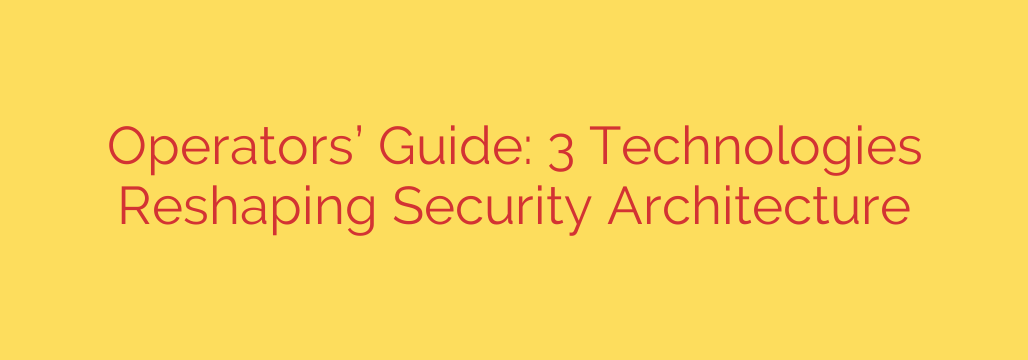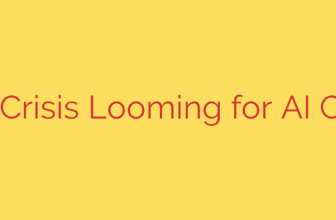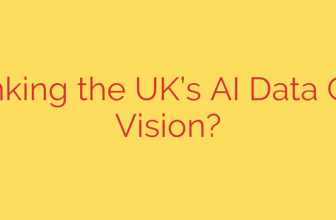
The digital landscape is constantly evolving, bringing new complexities and challenges, particularly in securing critical network infrastructure and sensitive data. Traditional security models, often centered around perimeter defense, are increasingly inadequate in the face of sophisticated threats, distributed workforces, and multi-cloud environments. Forward-thinking organizations and network operators are recognizing the urgent need to fundamentally rethink and modernize their security architectures. This pivot is driven by the adoption of transformative technologies that promise more resilient, adaptable, and proactive defense mechanisms.
One foundational shift is the move towards a Zero Trust Architecture (ZTA). Departing from the implicit trust granted within traditional network perimeters, Zero Trust operates on the principle of “never trust, always verify.” Every access request, regardless of origin or user identity, is treated as potentially malicious and subject to strict authentication and authorization checks. Implementing Zero Trust requires granular segmentation, continuous monitoring of network traffic, and enforcing least privilege access policies. This approach significantly reduces the attack surface and limits the lateral movement of threats if a breach occurs.
Another significant development is the rise of SASE (Secure Access Service Edge) and its security-focused subset, SSE (Security Service Edge). SASE converges networking and security functionalities into a single, cloud-delivered platform. This includes capabilities like secure web gateways, cloud access security brokers (CASB), zero trust network access (ZTNA), and firewall-as-a-service (FWaaS). SSE specifically focuses on delivering these security services from the cloud edge, providing consistent protection for users and devices accessing applications and data from anywhere. Adopting SASE/SSE streamlines security operations, enhances performance by bringing security closer to the user, and offers scalable, unified policy management across distributed environments.
Finally, the integration of Artificial Intelligence (AI) and Machine Learning (ML) is revolutionizing security operations. AI and ML algorithms can analyze vast amounts of data generated across the network, identifying subtle patterns and anomalies that human analysts might miss. This enables faster and more accurate threat detection, predictive analysis of potential vulnerabilities, and intelligent automation of routine security tasks like incident response and policy enforcement. Leveraging AI/ML allows security teams to move from a reactive stance to a more proactive and predictive one, significantly improving their ability to identify and mitigate sophisticated attacks before they can cause significant damage.
Embracing these transformative technologies – Zero Trust, SASE/SSE, and AI/ML – is essential for building robust, future-proof security architectures capable of defending against the evolving threat landscape. Operators and enterprises must strategically evaluate how these innovations can be integrated to create a more secure, agile, and efficient security posture that protects critical assets in the modern digital era.
Source: https://feedpress.me/link/23532/17044600/operators-guide-3-technologies-re-architecting-the-future-of-security








